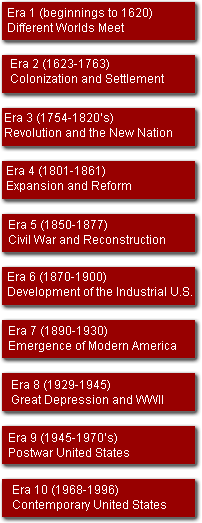 |
 |
|
|
 |

ERA 8 HIGHLIGHTS IN NEW HAMPSHIRE: the Great Depression, surviving, governmental responses, Civilian Conservation Corps, World War II, wartime production, immigration The Great Depression and
World War II once.-again demonstrate the necessity of understanding the
greater context in order to understand local events. National events intruded
on New Hampshire experience down to the personal level to an unprecedented
degree. In New Hampshire, as elsewhere, rural populations had the option
and habit of growing much of their own food while urban populations often
did not. Circumstances challenged middle class family structures; looking
for ways to help families survive, women took low paying jobs when men
in the family had no work. Other families broke up and recombined as
Governor John Winant shepherded New Hampshire through the beginning of the Great Depression, at first following the policies of President Hoover and then with policies and sentiments more akin to the New Deal. Elections in New Hampshire after that revealed mixed opinions when it came to federal aid to the state. One New Deal program that left a mark on the state was the Civilian Conservation Corps (CCC). In the countryside, CCC camps brought in young urban men, and many stayed to marry girls they met who lived near the camps. Mills in the state struggled
and some died, unable to solve their supply and labor problems and compete
in international markets. The demise of the Amoskeag Manufacturing Company
in 1936 is an
World disorder and the need for workers changed the state's demographics. French-Canadians topped the list of foreign whites in the state with the next closest category being English-Canadians, but there was an increase of other European and non-European immigrants. The state's nonwhite population remained very small, still under 1000. Through it all, people found they had money to spend once again. The tide of consumer buying was held in check by wartime shortages, ready to expand into the consumer economy of the fifties and sixties once production changed from wartime to peace. |